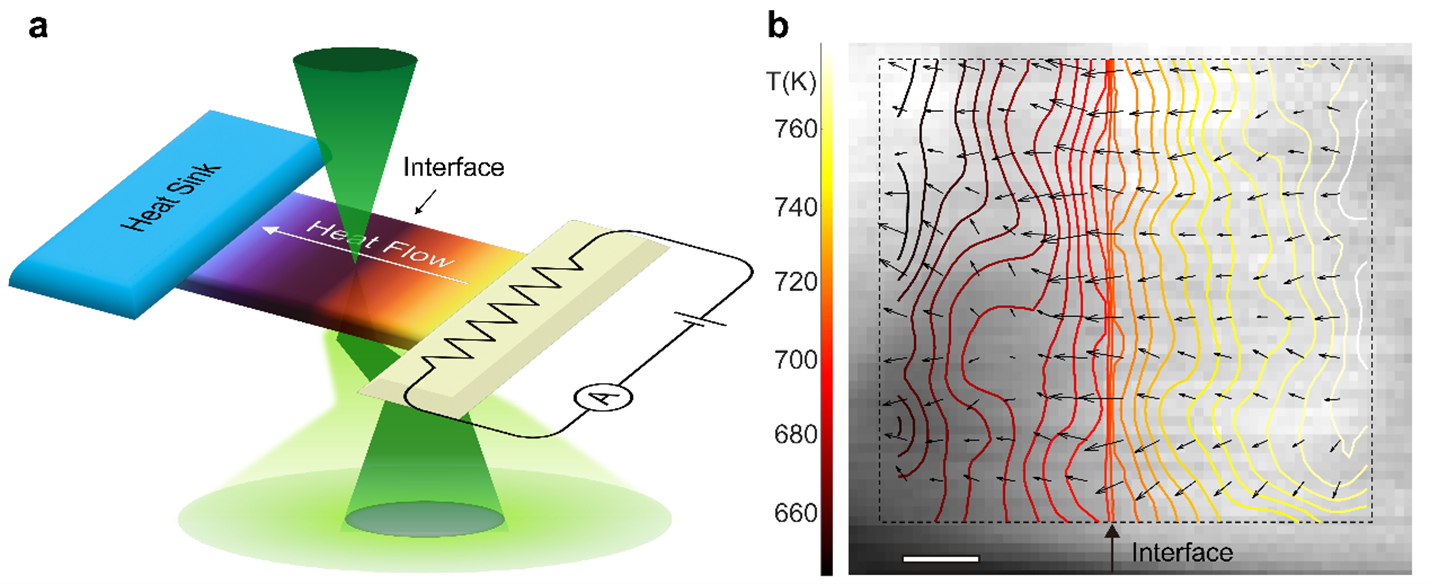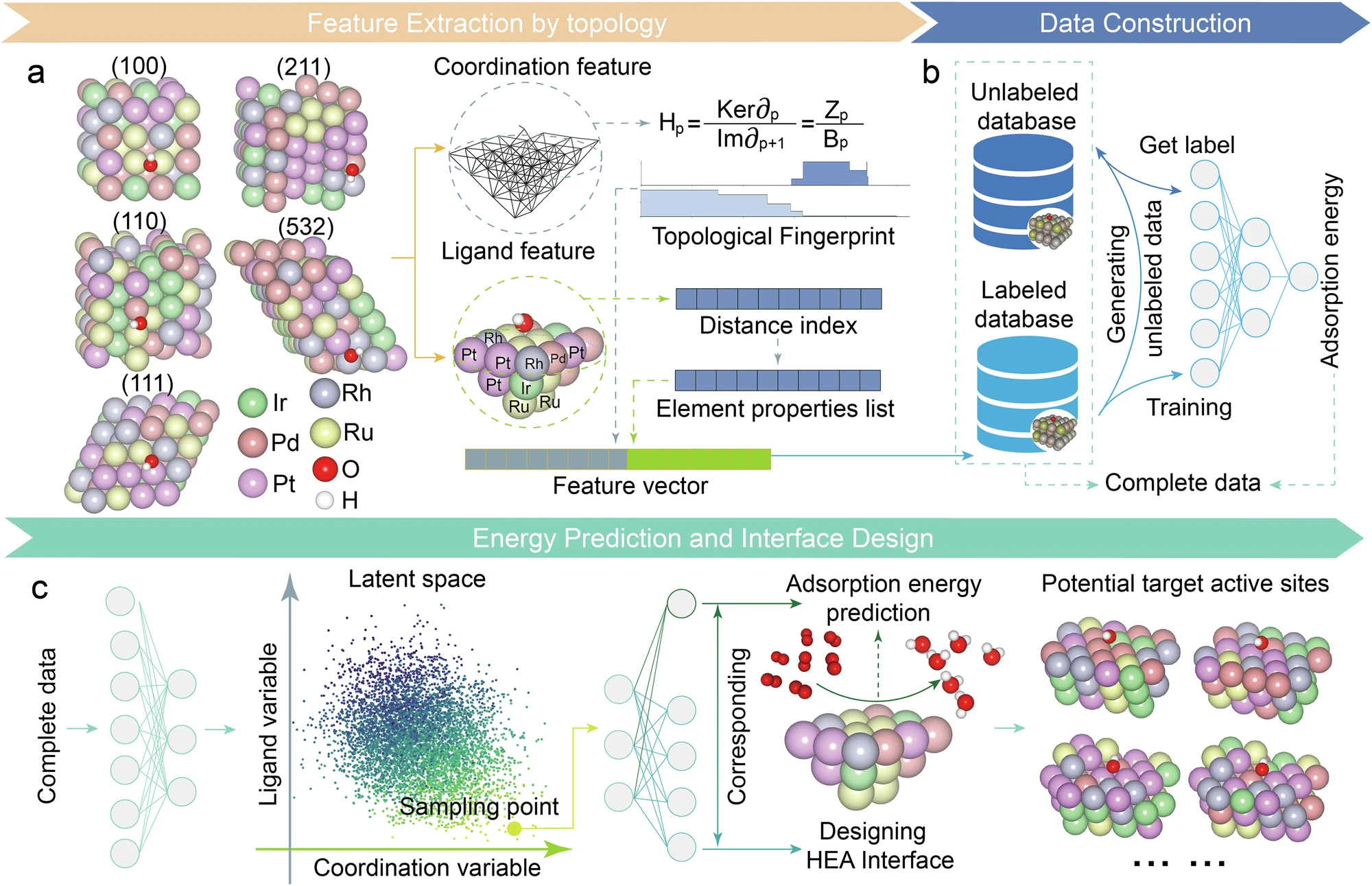2025-06-20 北京大学(PKU)

Figure 1. Microscopy techniques for visualizing phonon transport. a. Schematic diagram of the experimental design. b. Isotherm distribution (colored lines) and temperature gradient direction (black arrows) near the AlN/SiC interface. Scale bar: 200 nm.
<関連情報>
- https://newsen.pku.edu.cn/news_events/news/research/15007.html
- https://www.nature.com/articles/s41586-025-09108-6
電子顕微鏡による界面を横切るフォノン輸送ダイナミクスの研究 Probing phonon transport dynamics across an interface by electron microscopy
Fachen Liu,Ruilin Mao,Zhiqiang Liu,Jinlong Du & Peng Gao
Nature Published:11 June 2025
DOI:https://doi.org/10.1038/s41586-025-09108-6
Abstract
Understanding thermal transport mechanisms across material interfaces is crucial for advancing semiconductor technologies, particularly in miniaturized devices operating under extreme power densities1,2. Although the interface phonon-mediated processes are theoretically established3,4,5,6 as the dominant mechanism for interfacial thermal transport in semiconductors7, their nanoscale dynamics remain experimentally elusive owing to challenges in measuring the temperature and non-equilibrium phonon distributions across the buried interface8,9,10,11. Here we overcome these limitations by using in situ vibrational electron energy-loss spectroscopy (EELS) in an electron microscope to nanoscale profile temperature gradients across the AlN–SiC interface during thermal transport and map its non-equilibrium phonon occupations at sub-nanometre resolution. We observe a sharp temperature drop within about 2 nm across the interface, enabling direct extraction of relative interfacial thermal resistance (ITR). During thermal transport, the mismatch of phonon modes’ thermal conductivity at the interface causes substantial non-equilibrium phonons nearby, making the populations of interface modes different under forward and reverse heat flow and also leading to marked changes in the modal temperature of AlN optical phonons within about 3 nm of the interface. These results reveal the phonon transport dynamics at the (sub-)nanoscale and establish the inelastic phonon scattering mechanism involved by interface modes, offering valuable insights into the engineering of thermal interfaces.



